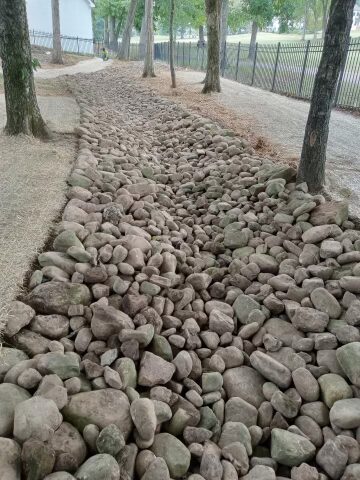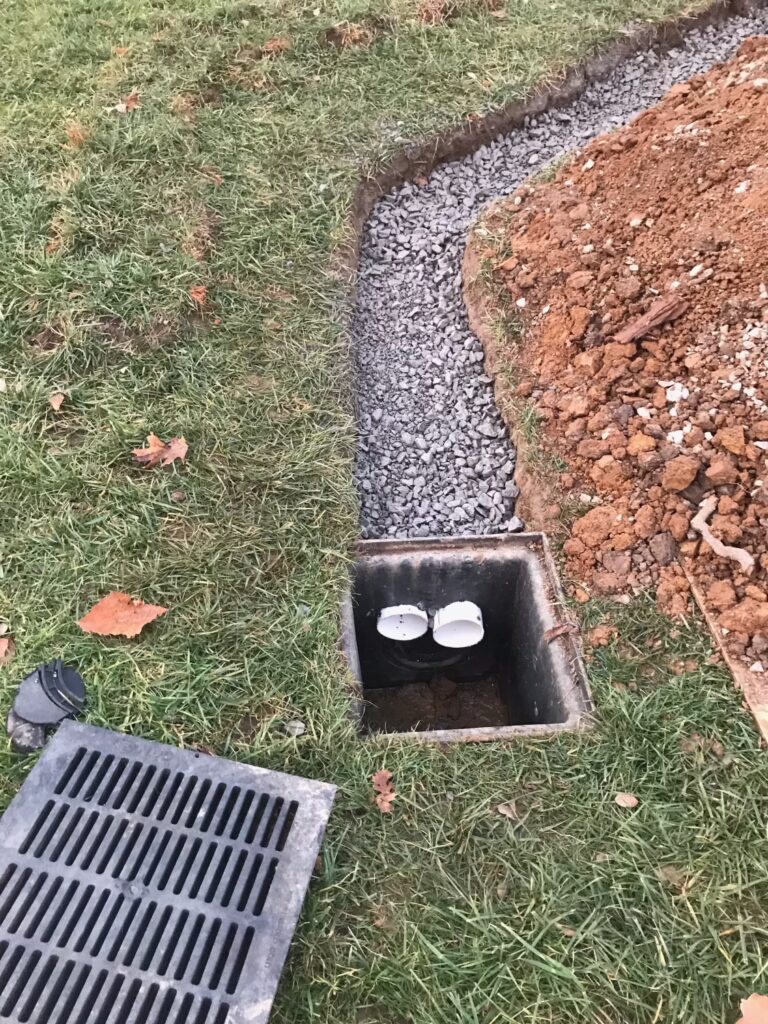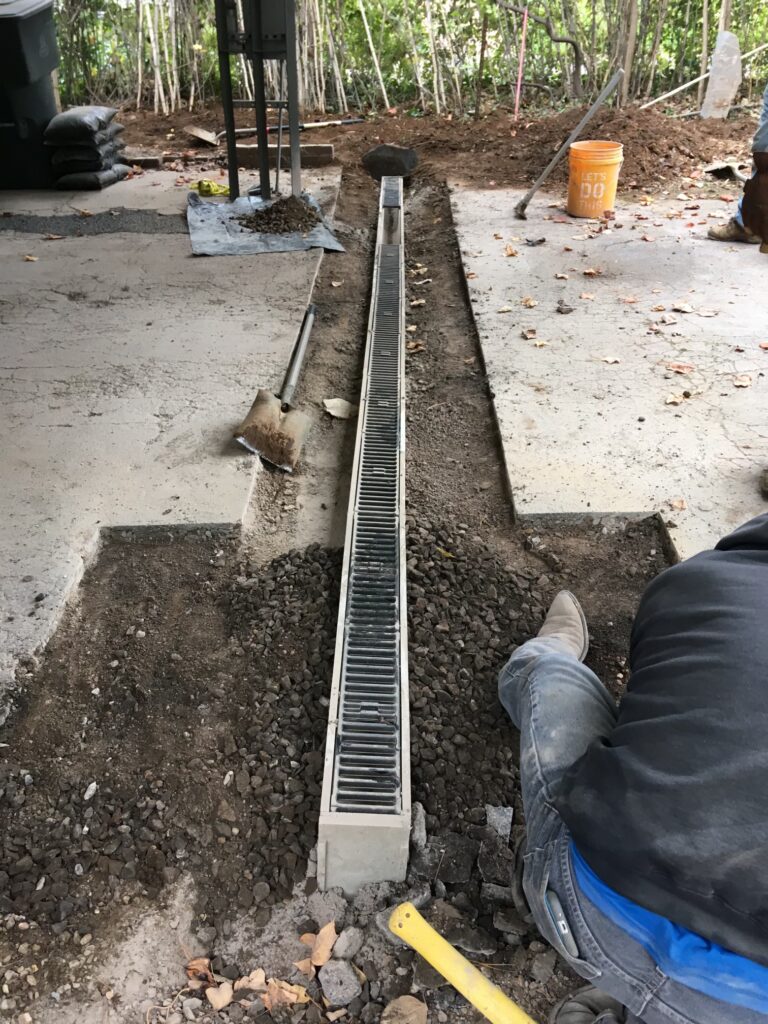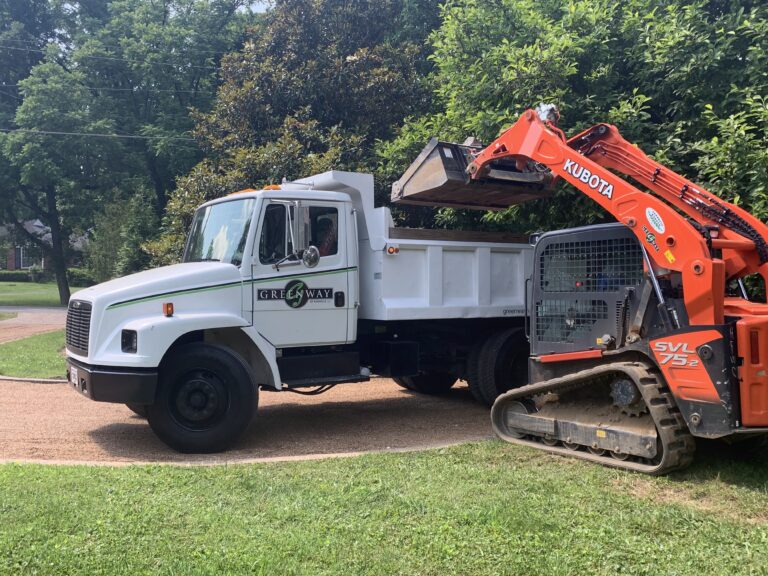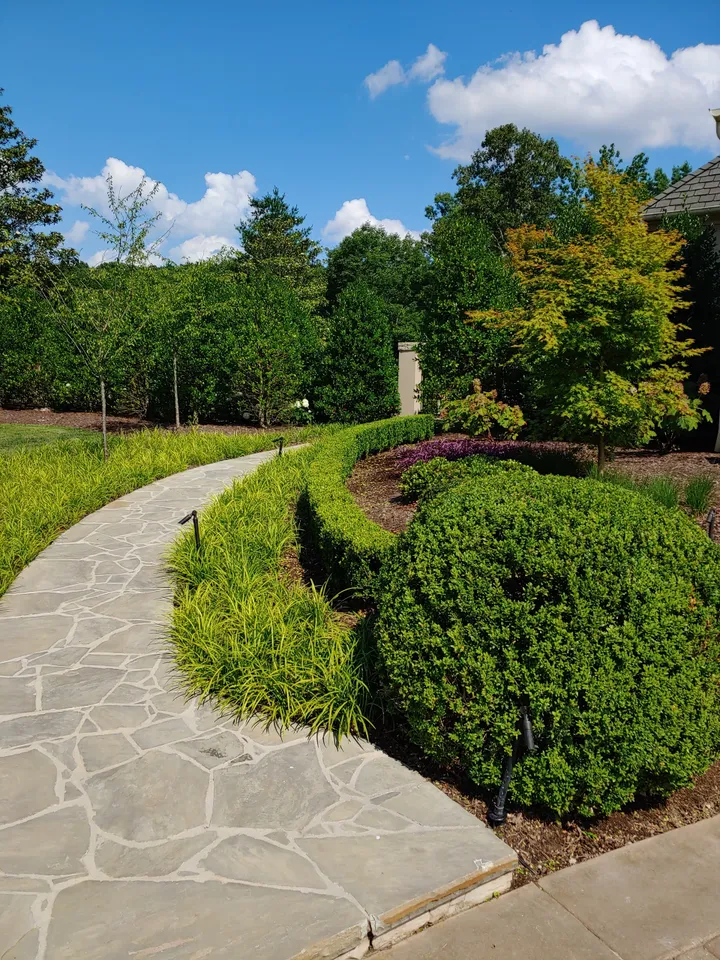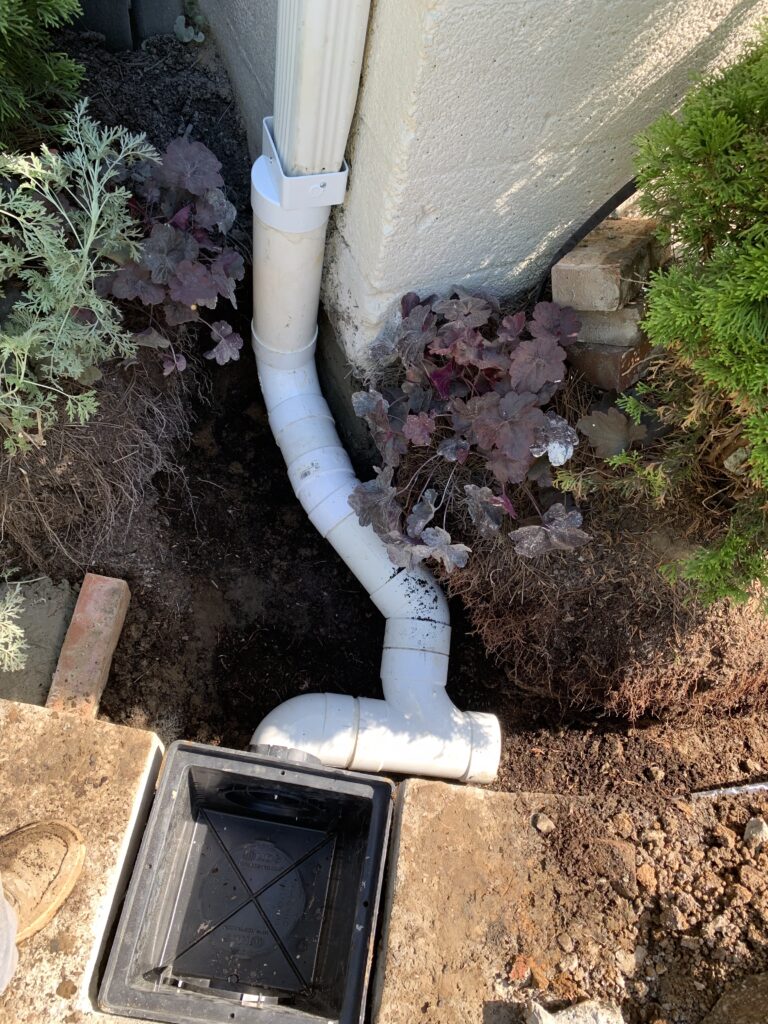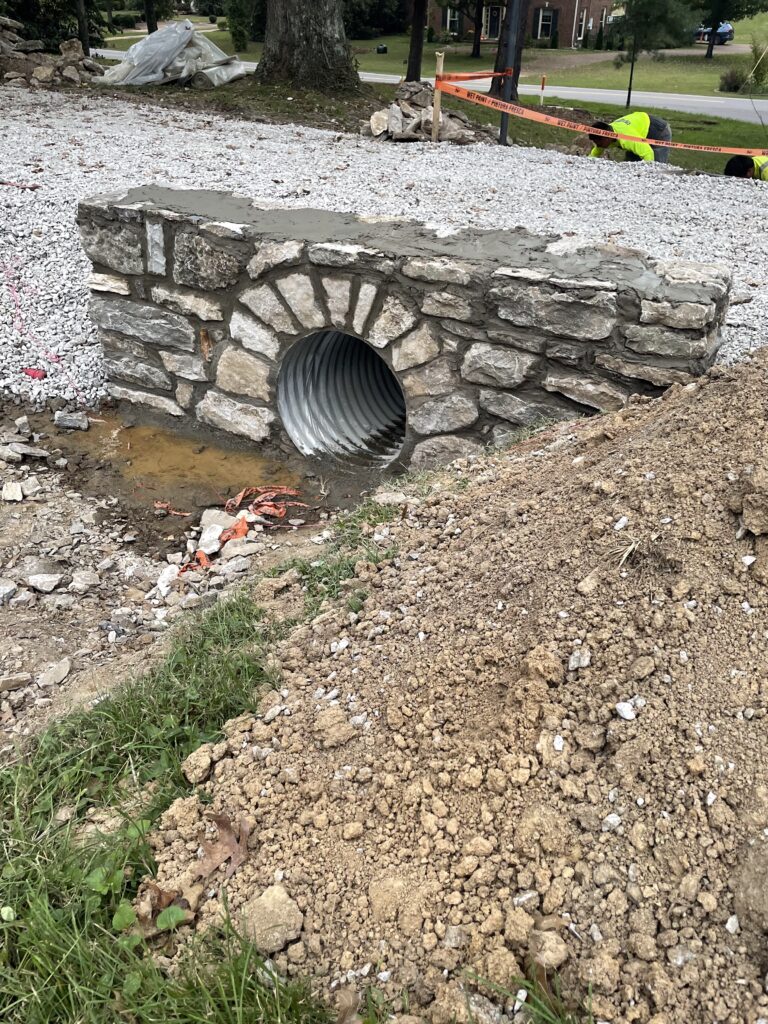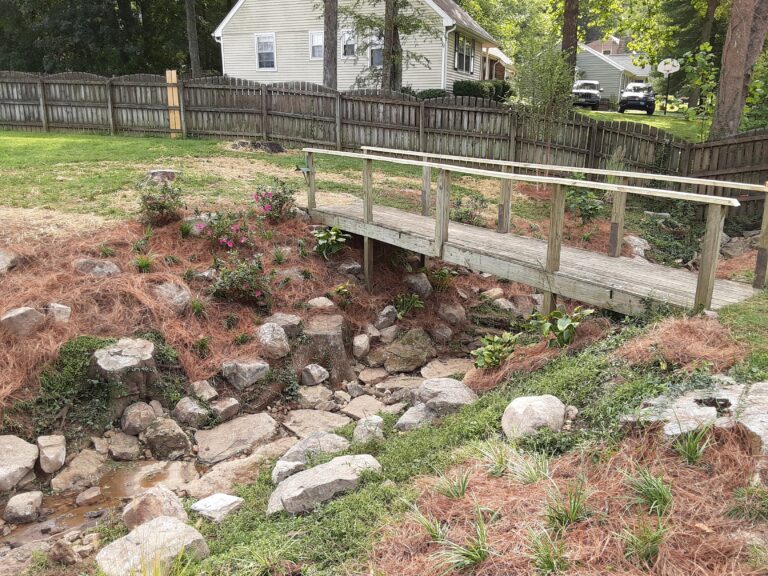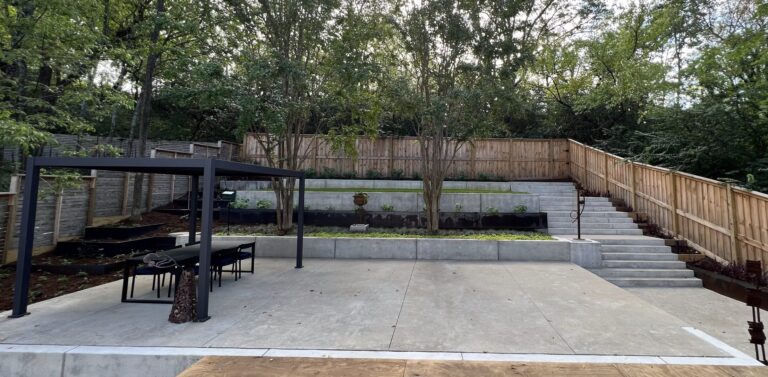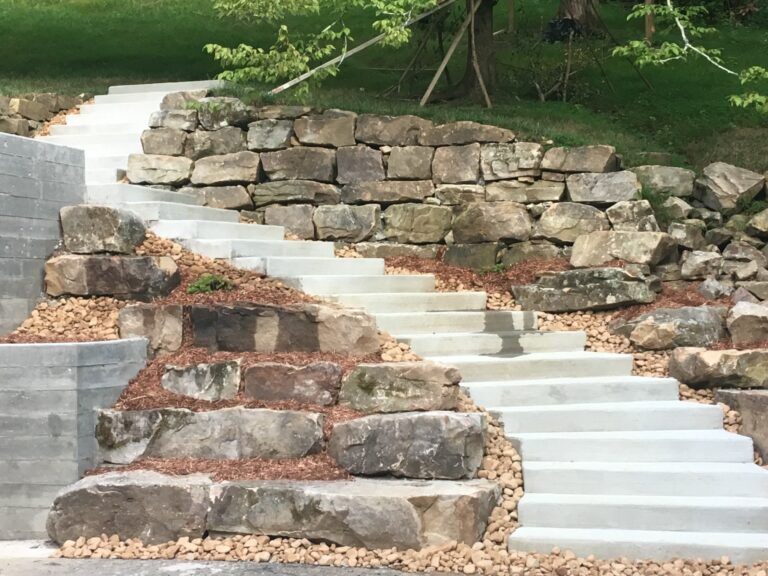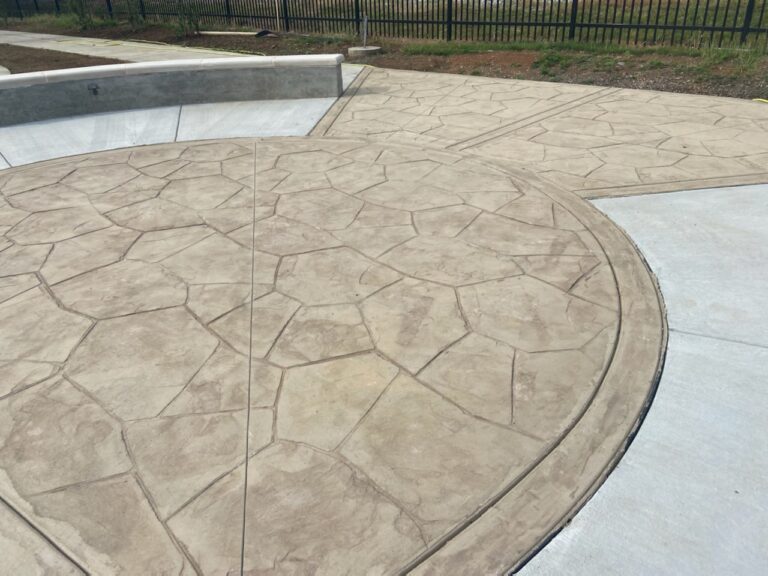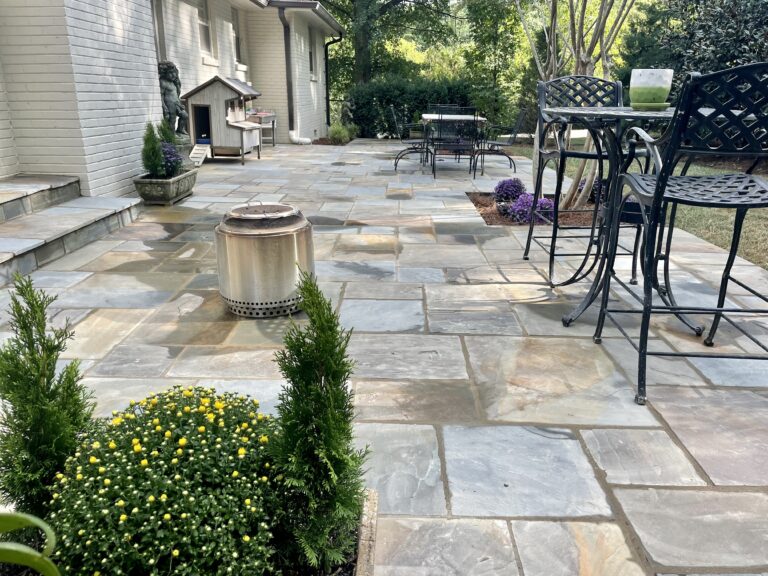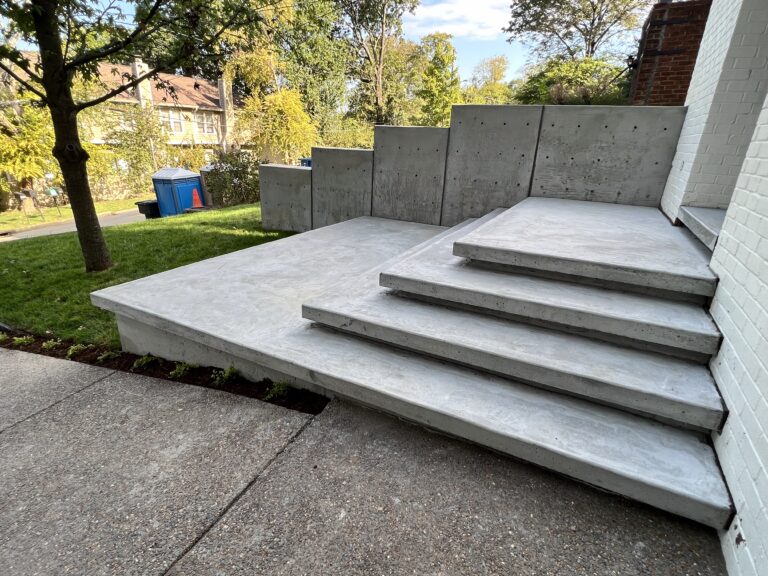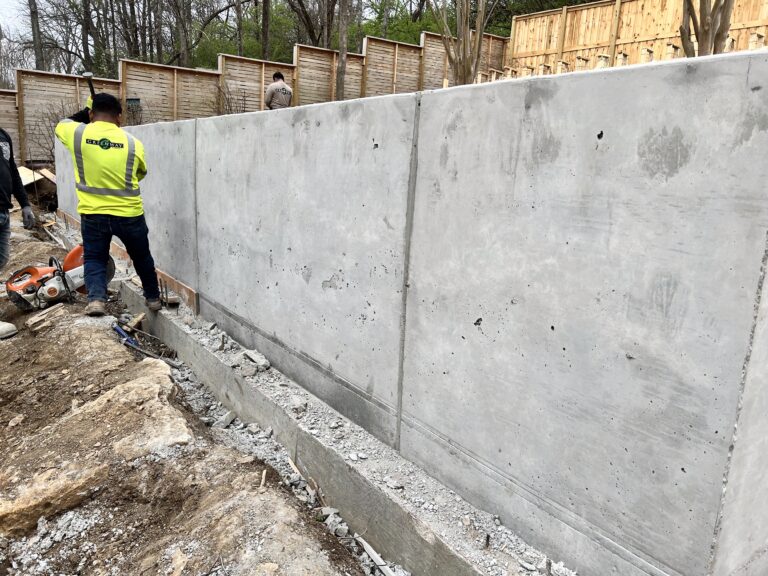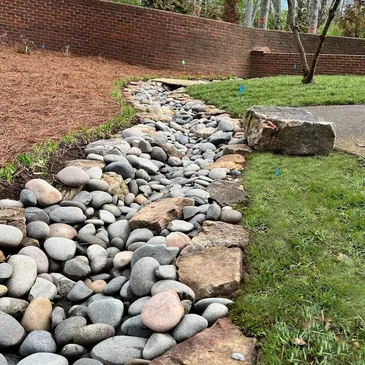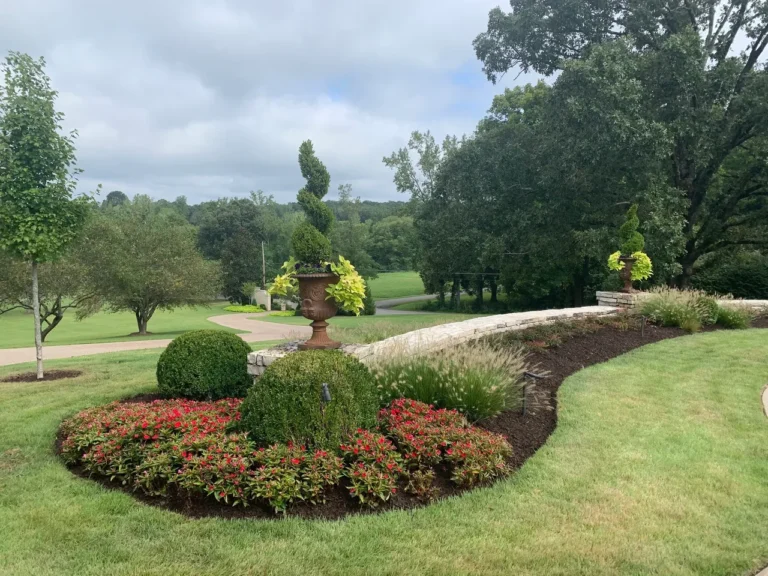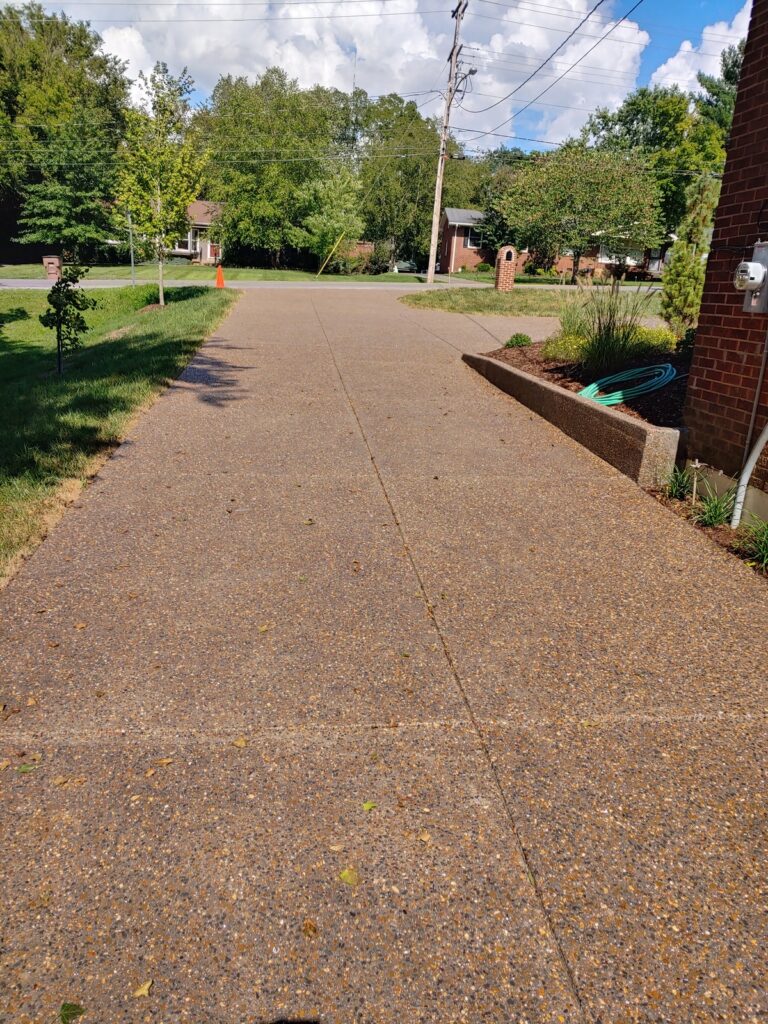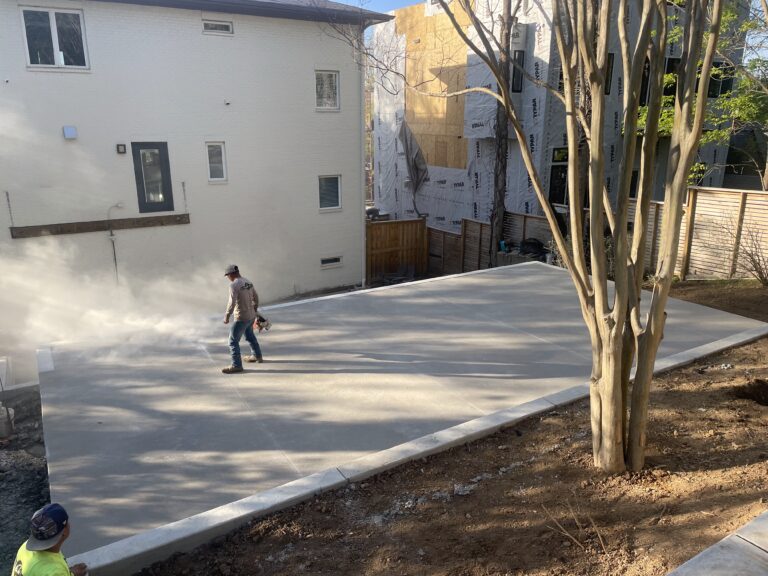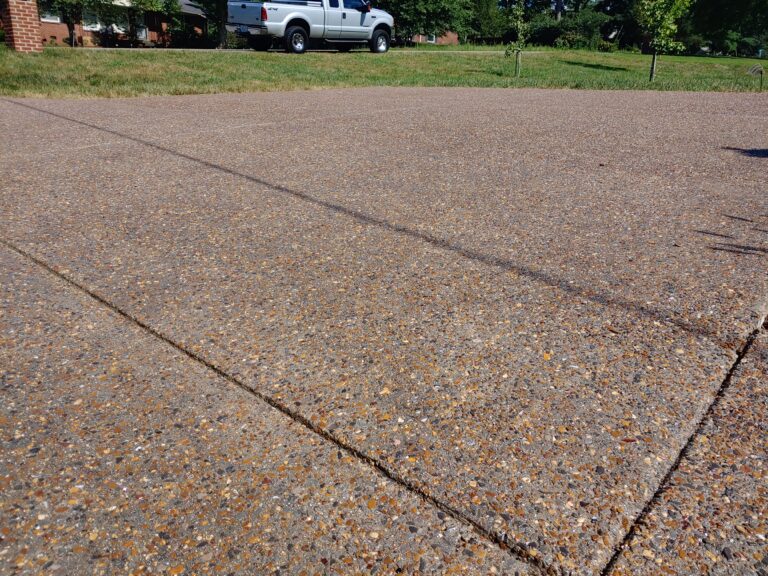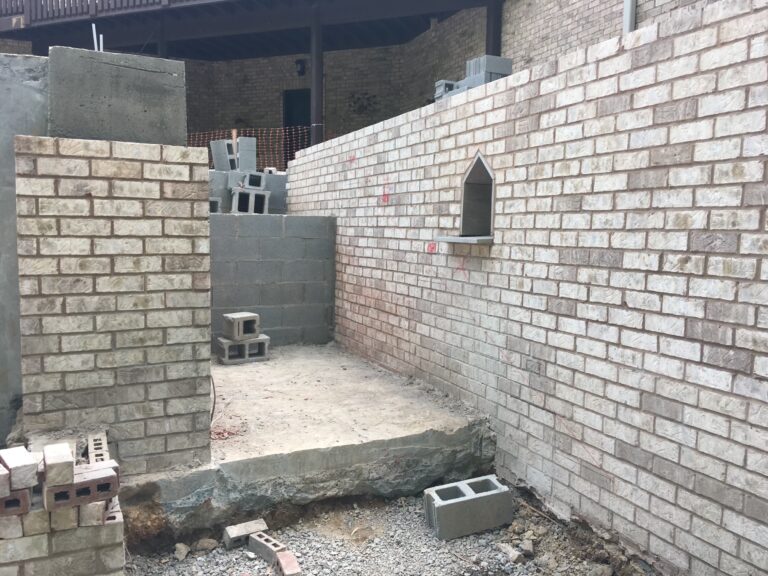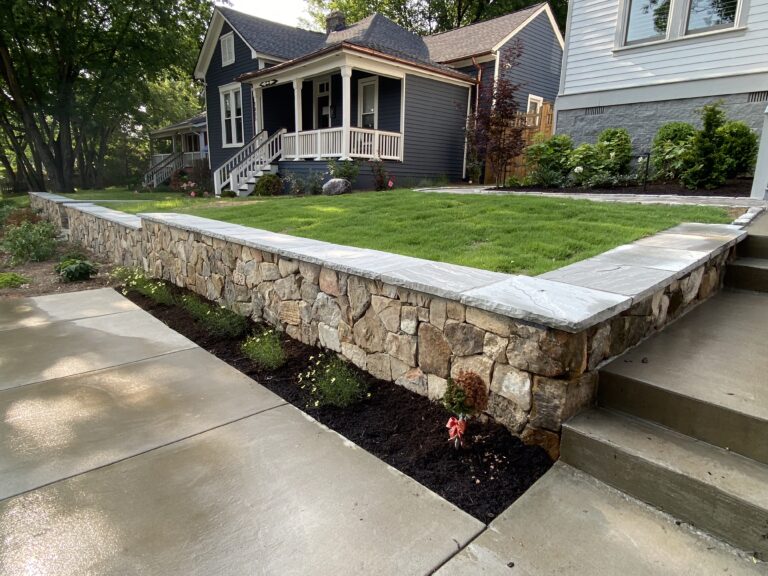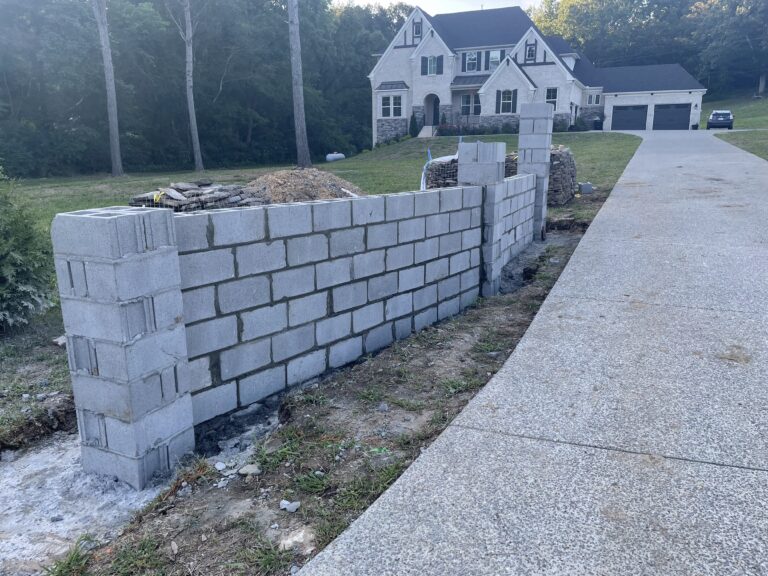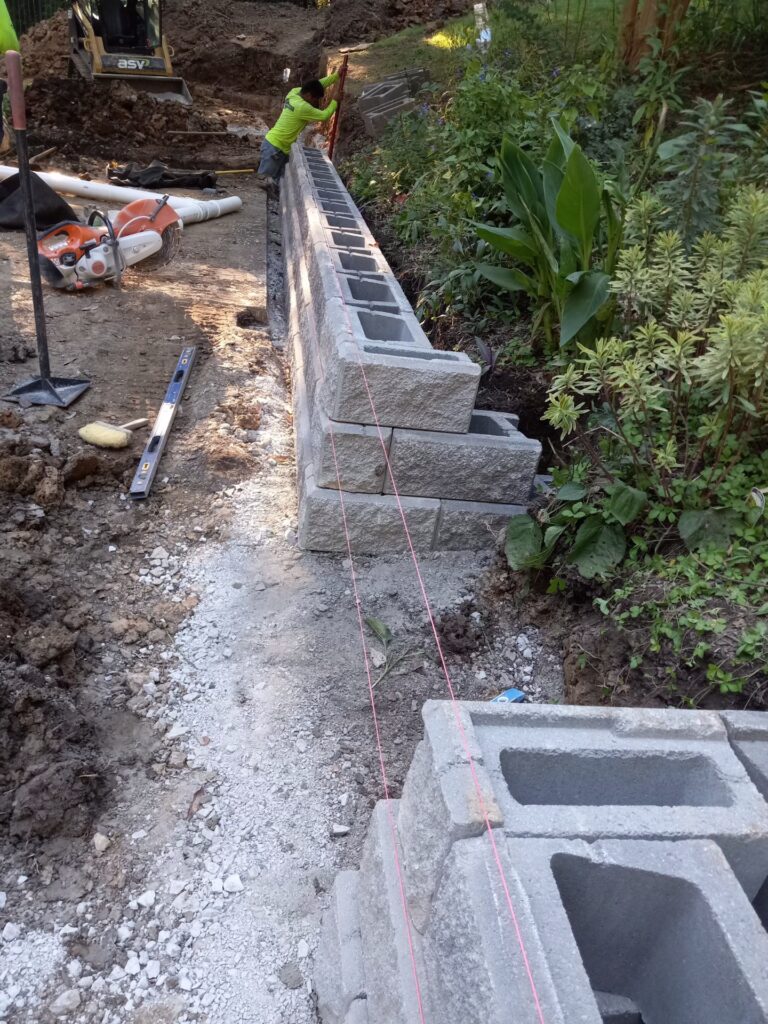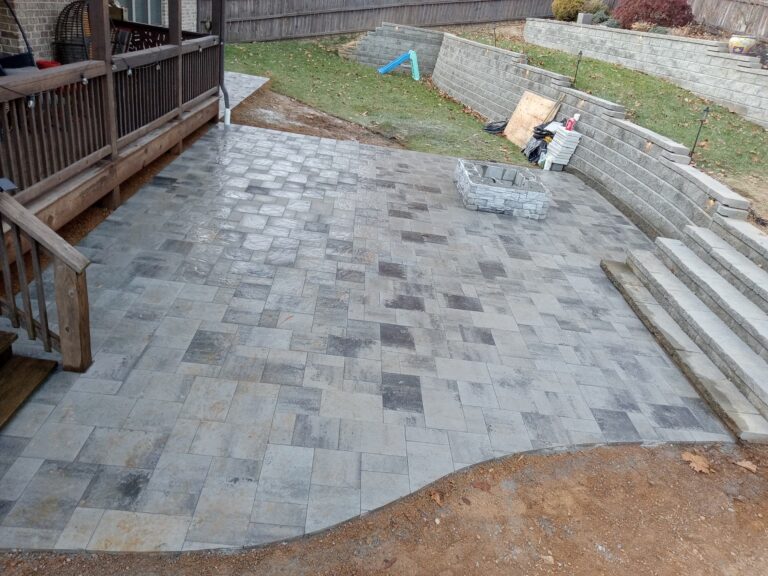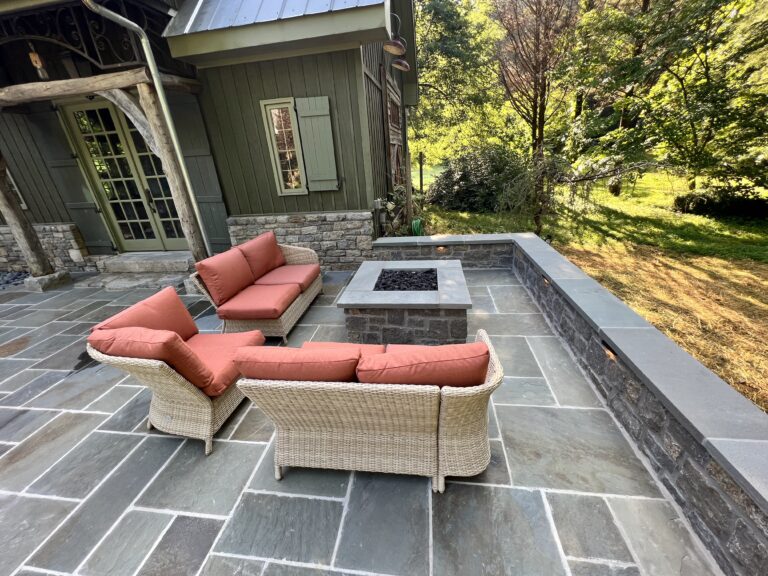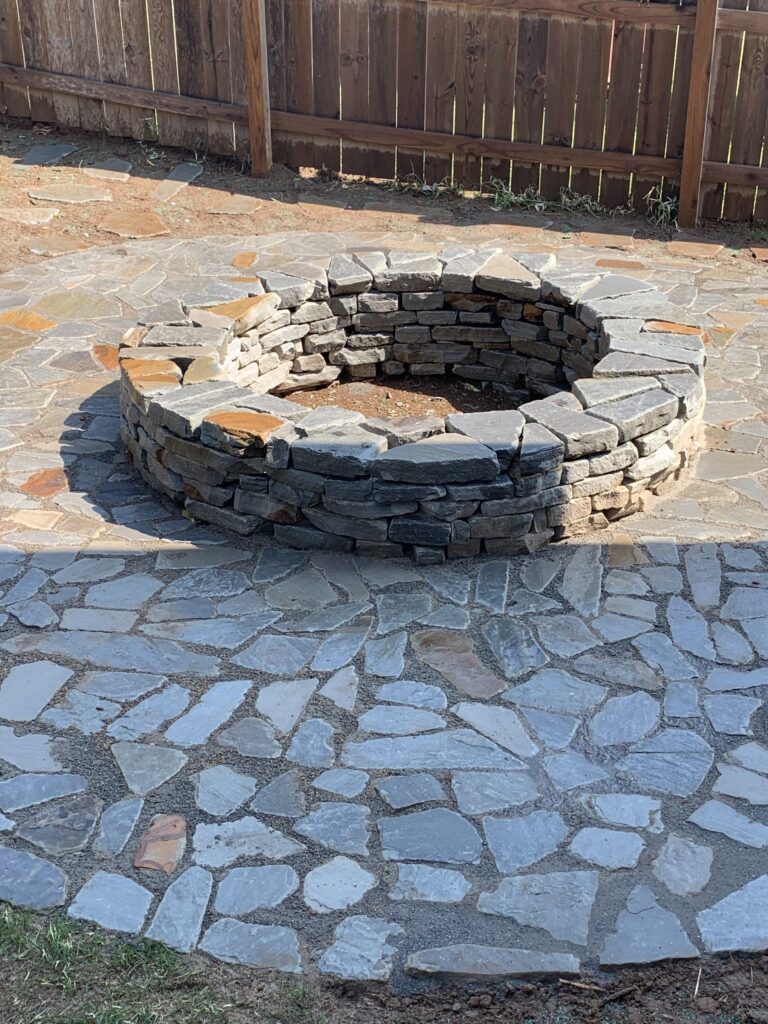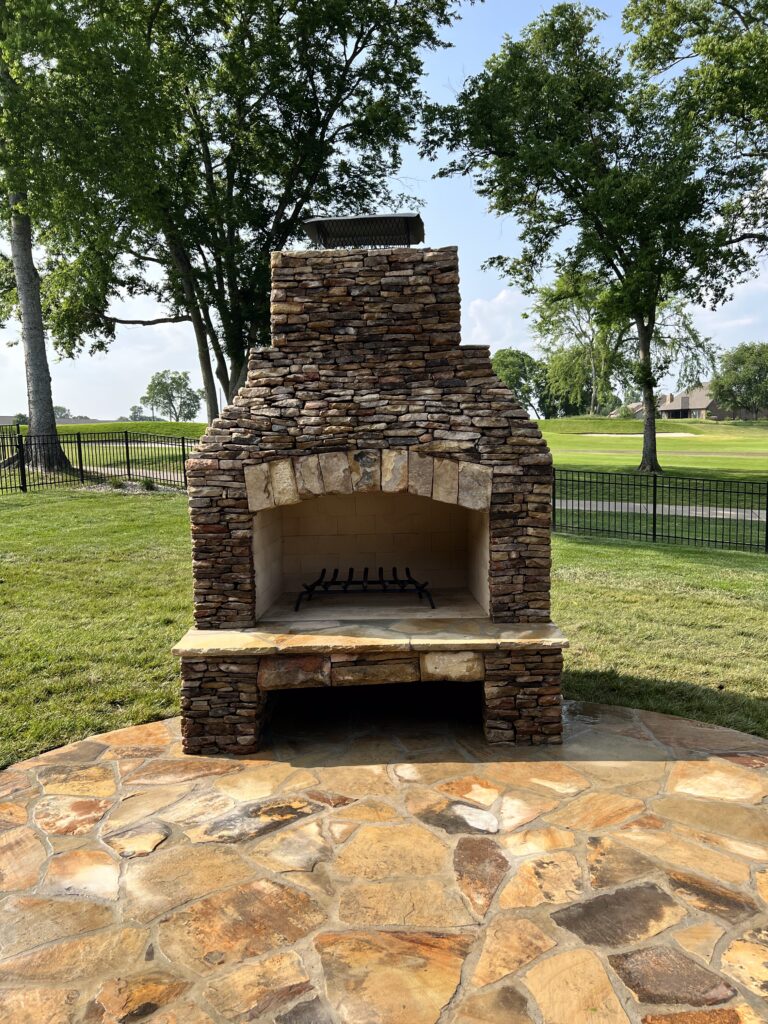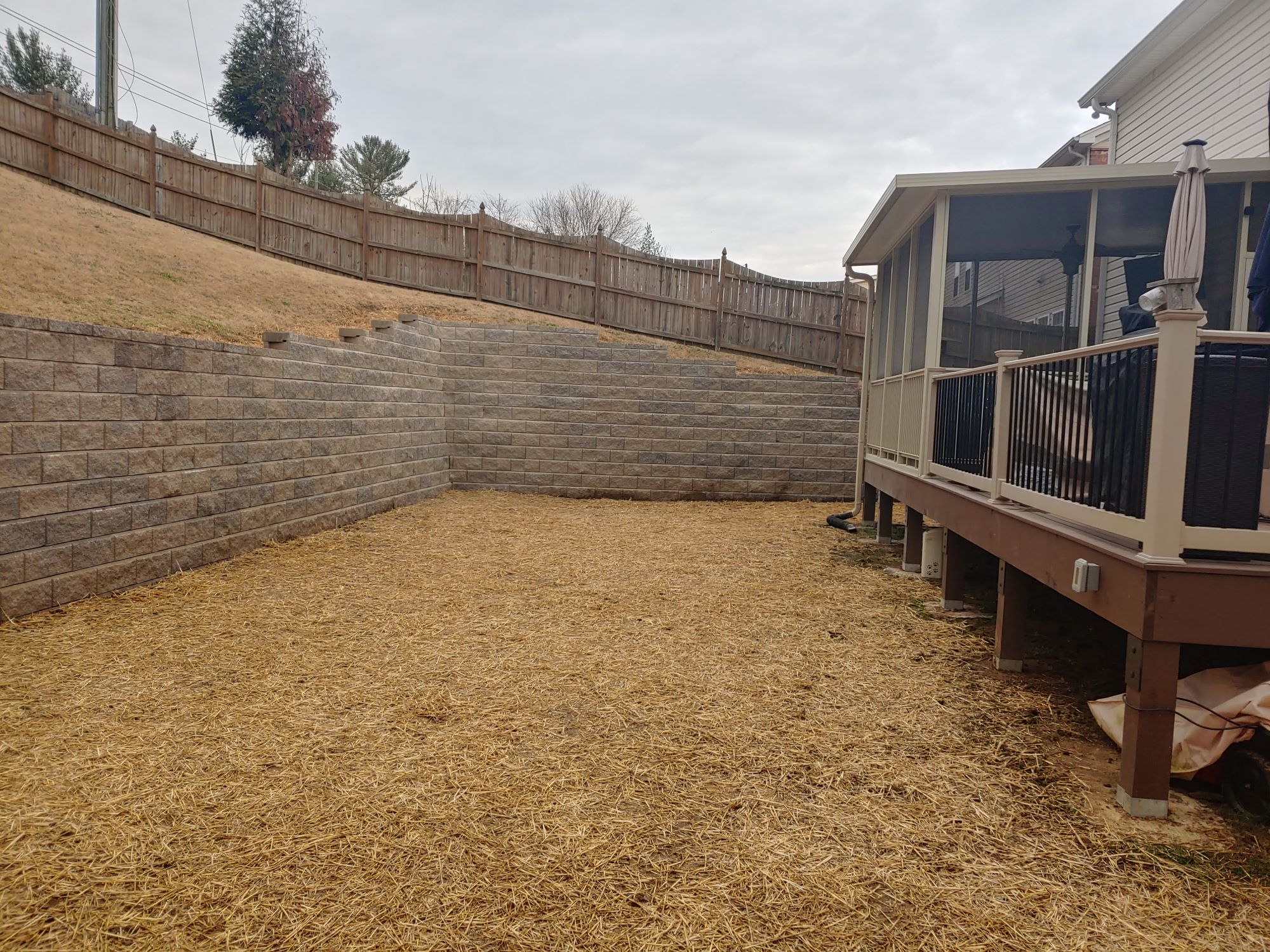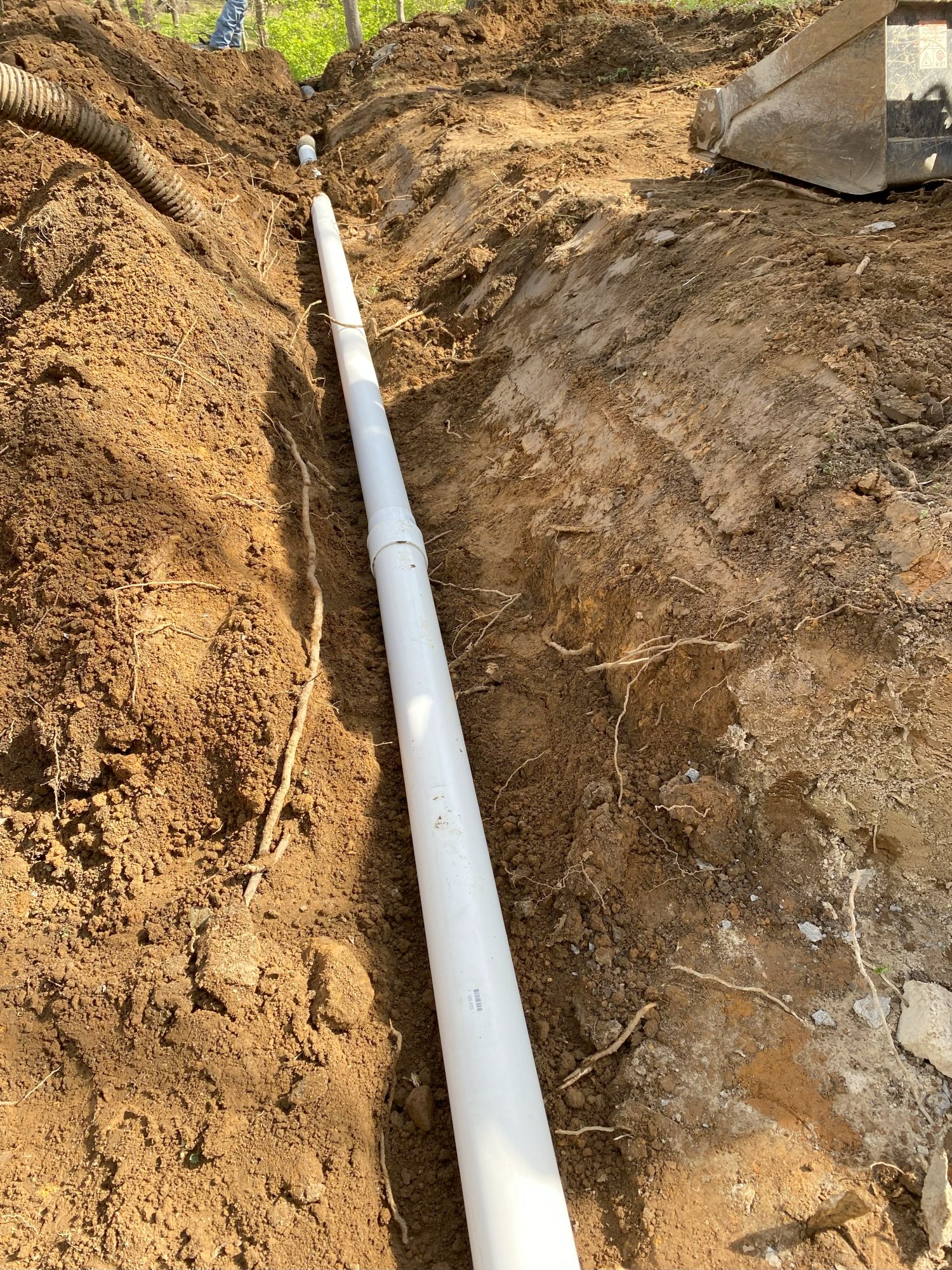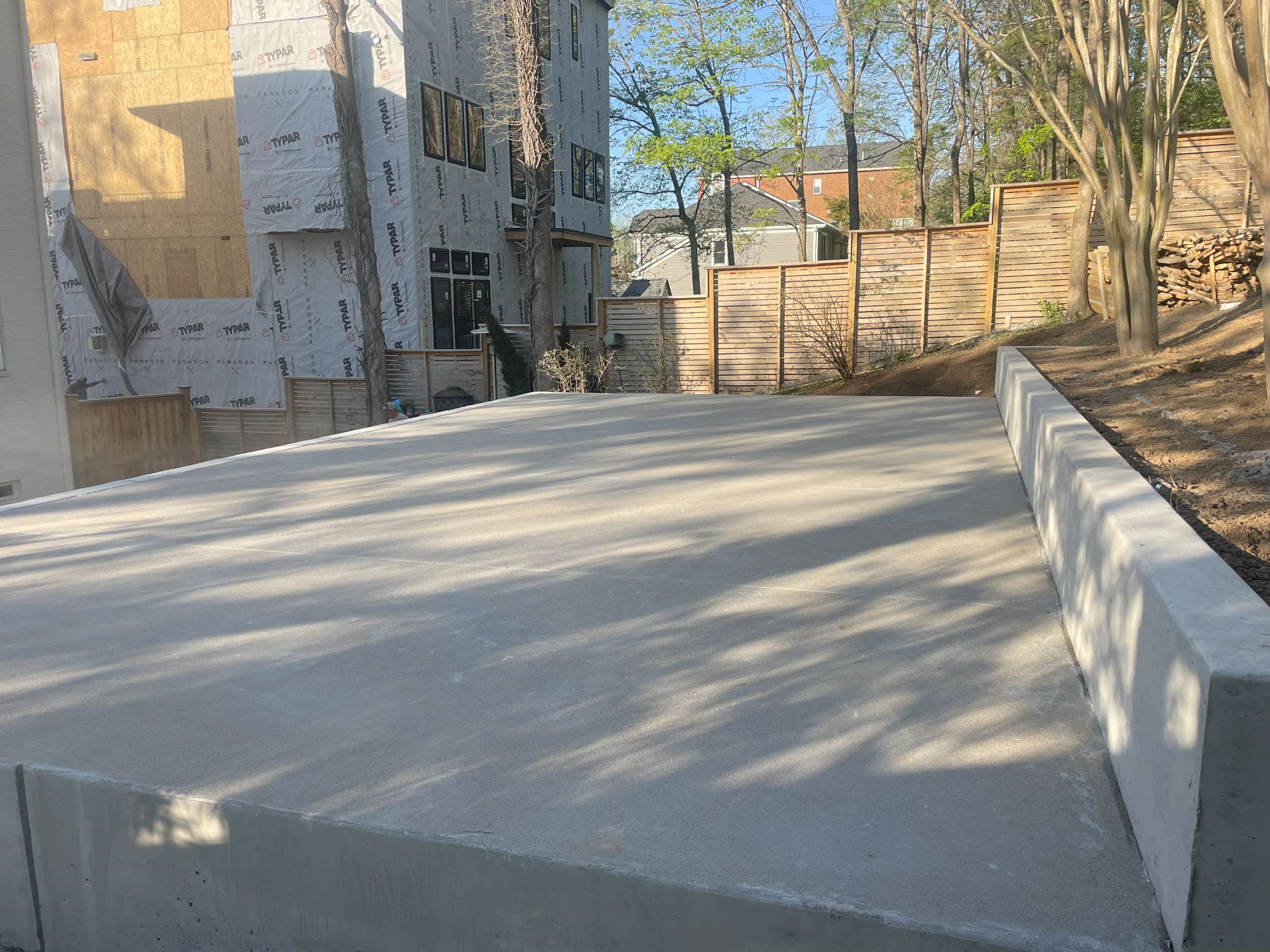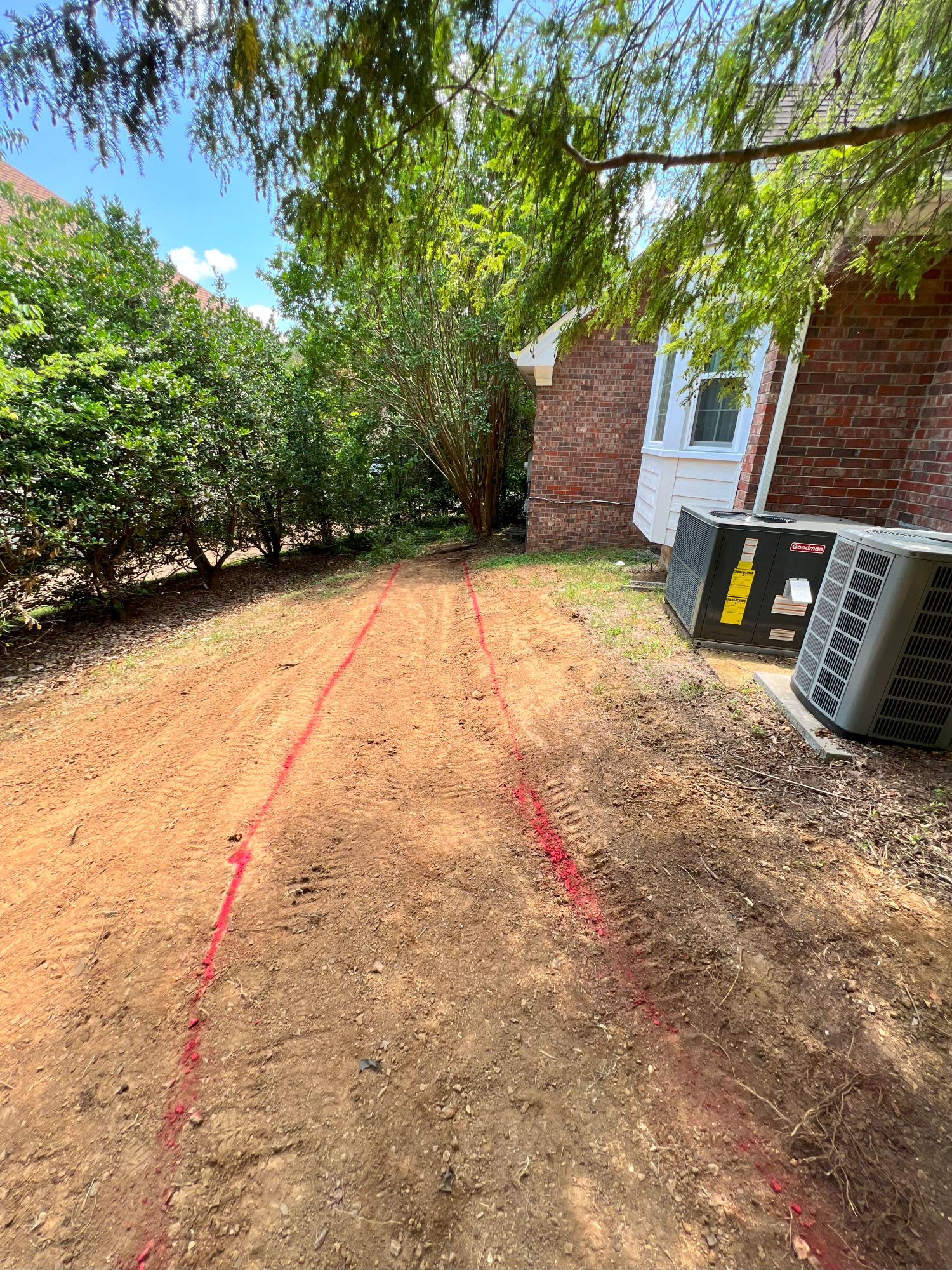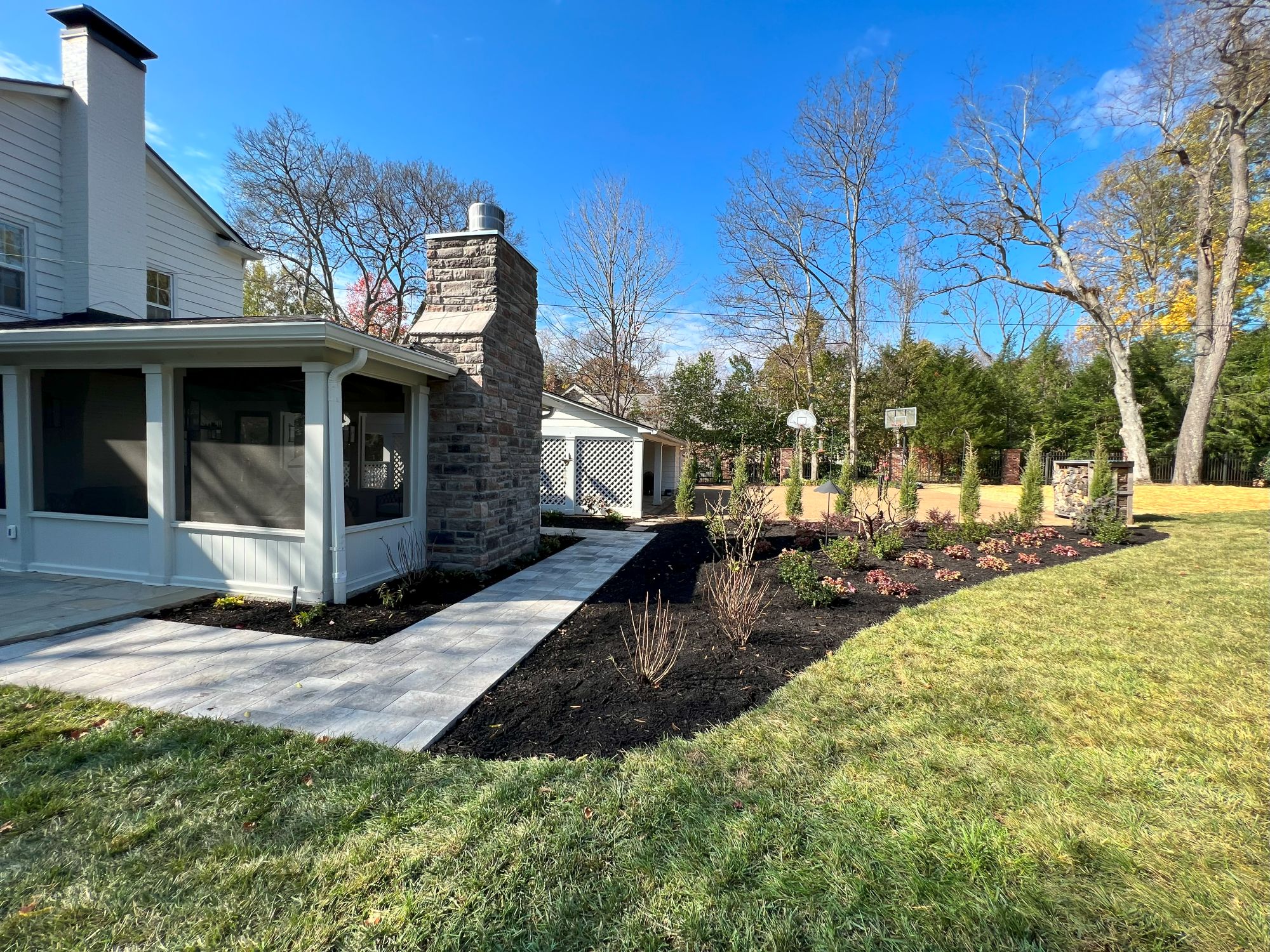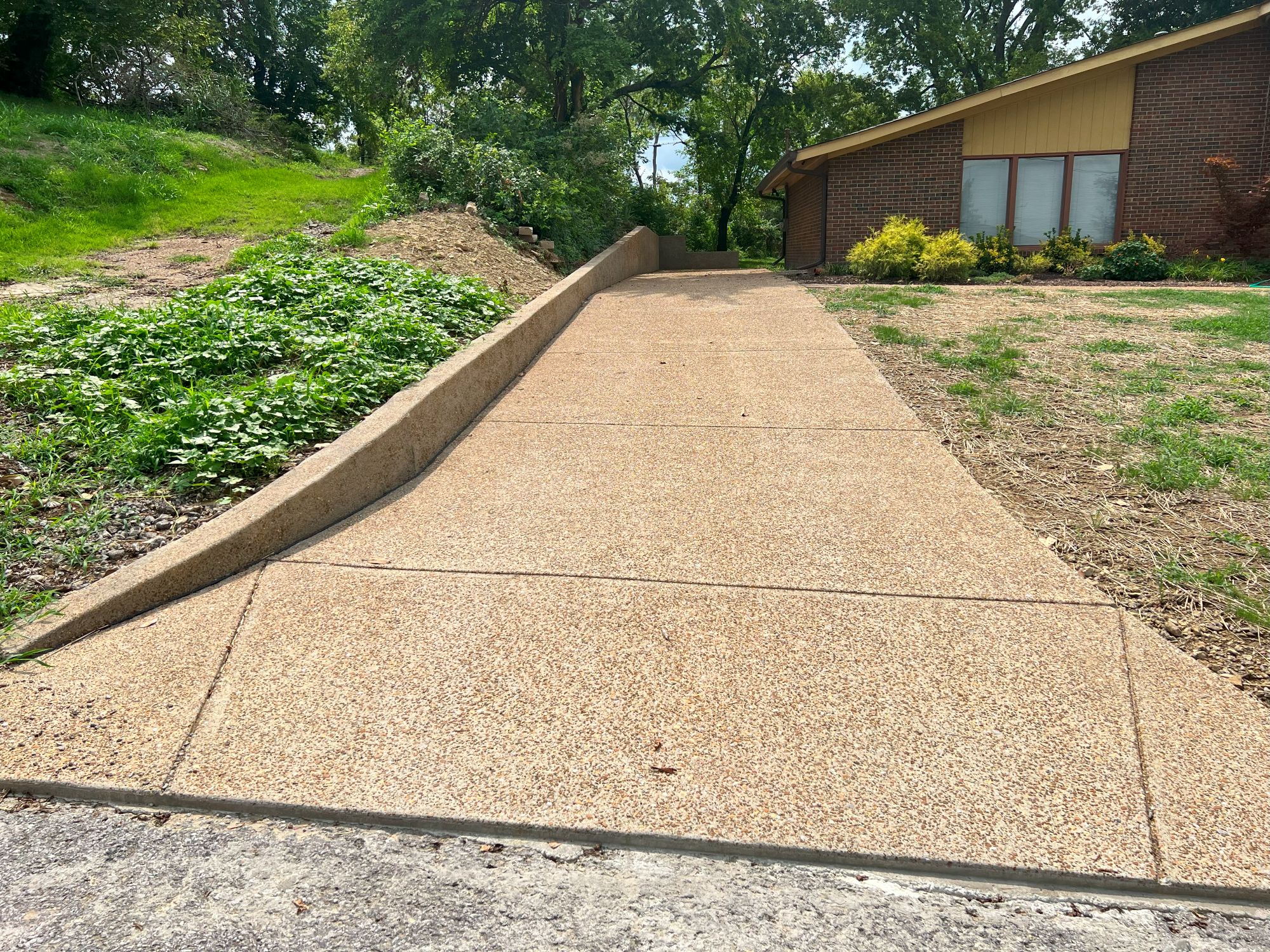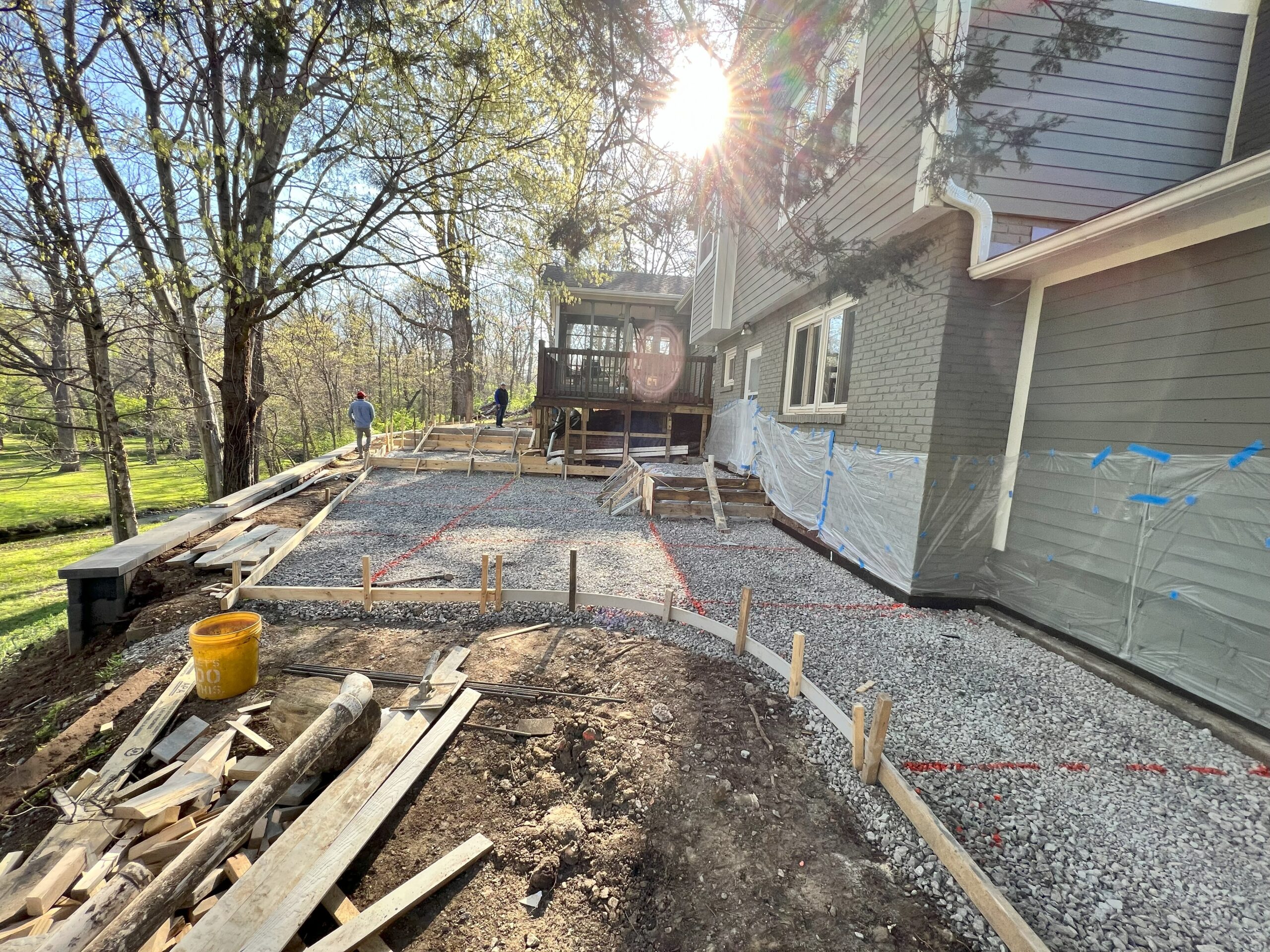A solid foundation is vital for the longevity of a home. It is the base of every wall, room, and feature, providing stability and support to allow your home to stand strong for years to come. It can be susceptible to damage over time from factors such as soil erosion and movement of the ground, which pose significant challenges to structures. One effective solution to protect your home’s foundation is the installation of a retaining wall. Retaining walls are particularly useful in landscapes with uneven terrain, sloping yards, or areas prone to soil erosion.
We will cover what a retaining wall is, how it protects a home’s foundation, and what it takes to build one.
What Is a Retaining Wall and How Does It Help a House’s Foundation?
A retaining wall is a structure designed to keep soil in place and prevent erosion. During heavy rain, water runs off and can take earth with it, carving away the existing ground. This reduces the amount of stable surface that helps keep your foundation in place and also exposes it to the elements further. A retaining wall can be constructed to stabilize and retain soil, creating level areas and preventing excessive pressure on the foundation. By redirecting the force of gravity, retaining walls act as a barrier to prevent soil movement, keeping it where it’s supposed to be. These walls can range in height depending on the topography of your yard and are made from a variety of materials, including concrete, blocks, and wood. You’ve likely seen them in your community—they’re common throughout the country for good reason. Constructing a retaining wall can be a DIY project for smaller areas like gardens and general landscaping, but if you’re looking to protect your home’s foundation, it’s ideal to work with a landscaping contractor. It’s complex to design, build, and reinforce a retaining wall that will sufficiently meet the needs of your home and have longevity.
A retaining wall serves two main purposes in protecting your foundation:
- Controlling soil erosion: Soil erosion is one of the main threats to a home’s foundation. Over time, loss of soil from runoff can lead to uneven settlement, compromising the stability of the foundation. Without sufficient or level ground to sit on, the foundation could shift, crack, or fail. Retaining walls address this issue by holding back the soil and preventing it from washing away during heavy rain or runoff. The wall acts as a shield, minimizing the impact of erosion on the foundation. Conversely, retaining walls also help with slope stabilization when the home is at the base of an area with a steep slope. In this scenario, the pressure exerted by the soil on the foundation can be substantial. Retaining walls help redistribute this pressure by creating terraced levels. The wall absorbs the lateral force from the soil, reducing the risk of slope failure and potential damage to the foundation. This stabilization ensures that the foundation remains intact and protected against soil movement.
- Water Management: Proper drainage is essential for maintaining a stable foundation. Poor drainage can lead to moisture accumulation around the foundation, resulting in a range of issues, such as hydrostatic pressure, wet crawl spaces, or basement flooding. Retaining walls can be designed with built-in drainage systems that redirect water away from the foundation, preventing the buildup of moisture. By effectively managing water, retaining walls help maintain the stability of the foundation and reduce the risk of water-related damage.
How to Design and Install a Retaining Wall
Before any construction begins, a comprehensive analysis of the site is essential. Factors such as soil type, slope angle, and wall height will influence the design and construction methods. Walls are commonly constructed using materials such as concrete retaining wall blocks, natural stone, brick, or timber. Certain materials work better for higher walls, and others have better durability. Consulting with a professional landscaping contractor is crucial to ensure that the retaining wall is engineered correctly for the specific site conditions. When working with Greenway of Nashville, the contractors will evaluate the requirements and provide expert guidance on the most suitable design and materials.
Once the design is finalized, the area where the retaining wall will be installed needs to be excavated and leveled since the foundation plays a crucial role in the stability of the wall. Depending on the height and load-bearing requirements, a reinforced retaining wall foundation may be necessary.
The construction process of a retaining wall depends on the chosen materials. If retaining wall blocks are used, they are stacked and interlocked, forming a stable structure. The blocks can be reinforced with geogrid or steel rods for added strength. Natural stone or brick can be used to beautify the wall and cover CMU blocks. A poured concrete retaining wall is less common in residential landscapes and requires a refined technique to get right. It also requires rebar, and if damaged, the entire wall may need to be replaced. The key to any retaining wall is to make it structurally sound and secure so it effectively retains the soil. While timber is used for some retaining walls, it is typically reserved for less critical and smaller spaces such as gardens or decorative areas.
Since retaining walls are also important to residential drainage, there needs to be a system behind the wall to manage water effectively. Seated above the retaining wall foundation, this allows water to drain away from the wall and prevents the buildup of hydrostatic pressure that could cause the structure to fail. Techniques such as weep holes, gravel backfill, and drain pipes are commonly employed to ensure efficient water management. The inclusion of a well-designed drainage system helps protect the foundation by minimizing the potential damage caused by excess water. It’s another reason why partnering with a landscaping contractor yields the best outcomes—they know what drainage solutions will best work for your situation and can install them properly.
The retaining wall can be finished with touches that enhance its appearance and integration into the surrounding landscape. This may include applying a veneer or painting the wall. Even your initial choice of brick or stone often yields options for color and design. The aesthetics of the foundation retaining wall can be tailored to match the coloring and design of your home.
Retaining walls serve a crucial role in protecting your home’s foundation. By preventing soil erosion, stabilizing ground, and creating proper drainage, these walls act as a safeguard against costly foundation damage. If you have concerns about soil movement, uneven terrain, or a desire to create level areas in your yard, reach out to us at Greenway of Nashville. We’ll help you invest in the protection of your home’s foundation and enjoy the long-term benefits that come with a well-designed and properly installed retaining wall.
Don’t wait until your foundation is in trouble—contact us through our website or call us at (615)-238-4574 to schedule a free estimate that may save your home from costly and extensive damage.
Read more content related to:

